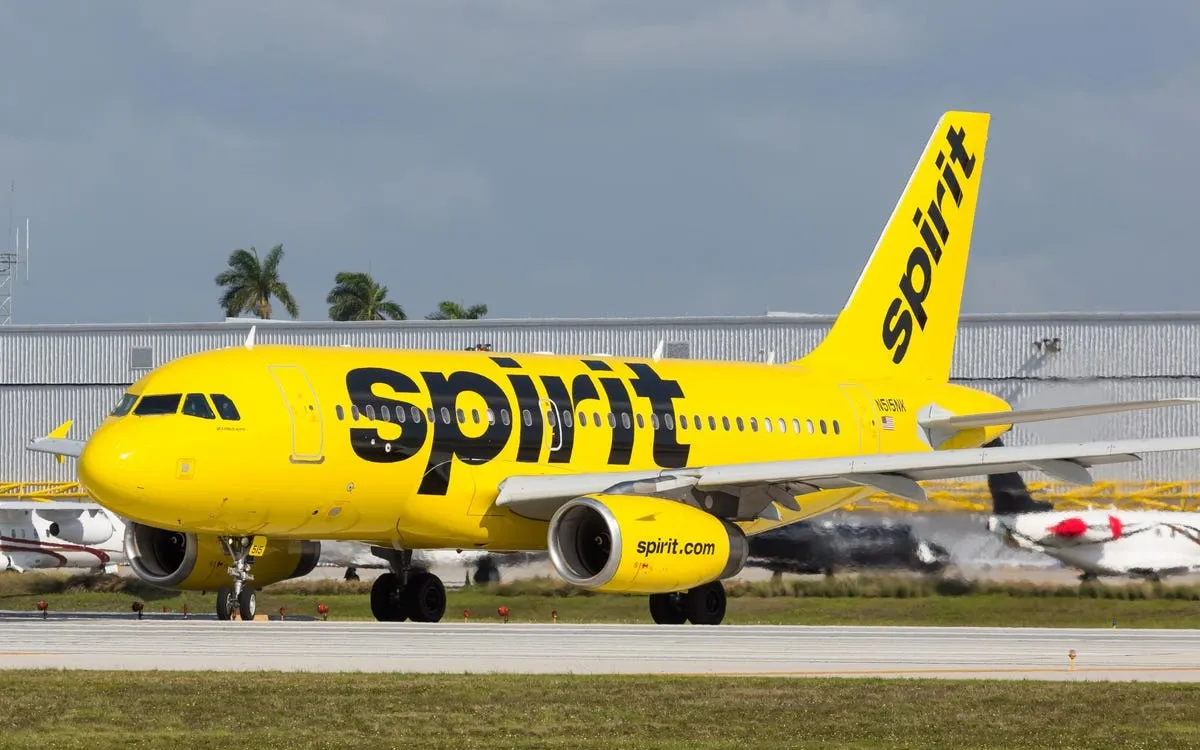
Spirit Airlines has not turned a profit since 2019, highlighting the ongoing financial challenges faced by the budget carrier. In November of last year, Spirit made headlines as the first major U.S. airline to file for Chapter 11 bankruptcy since American Airlines did so 13 years prior. After undergoing the bankruptcy process, Spirit successfully exited in March.
In a recent statement to Forbes, Spirit Airlines emphasized its commitment to operational efficiency, stating, “We are taking necessary steps to ensure we operate as efficiently as possible as part of our efforts to return to profitability.” The airline also announced plans to furlough nearly 300 pilots to align staffing with its revised flight schedule.
In a bid to stabilize its financial situation, Spirit Airlines has drastically cut its operational capacity. The airline has trimmed approximately 1 million seats from its flight schedule for May and June of this year, marking a significant decrease of around 24% compared to the previous year.
Looking forward, analysts are cautious about Spirit's financial outlook. Savanthi Syth, an analyst at Raymond James, expressed concerns about the airline's liquidity after the summer, stating that Spirit may need to consider options such as raising funds, merging, downsizing, or even liquidating. Syth noted that while raising capital might be challenging, lenders may have incentives to support Spirit with concessions rather than taking significant write-downs.
In 2022, Frontier Airlines proposed a merger with Spirit, but was outbid by JetBlue, whose hostile takeover attempt was ultimately blocked by a judge. Frontier made another offer in 2024, but Spirit rejected it this past February, arguing that the offer was less beneficial for shareholders than its own restructuring plan. According to Syth, the optimal scenario for all stakeholders would involve Spirit writing off its obligations before merging with an airline like Frontier, which could help the airline build the necessary scale to compete more effectively against larger carriers.
The struggles of Spirit Airlines reflect broader trends in the airline industry, as consumer confidence continues to sag. This decline is particularly affecting budget airlines, with spending on air travel down by approximately 5% in June and July compared to the same period last year, according to data from Bloomberg Second Measure U.S. Consumer Spend Index.
While all major airlines are feeling the effects, legacy airlines are reporting stronger demand for premium offerings. During their second-quarter earnings calls, executives from the three major U.S. airlines noted a decline in domestic main cabin bookings. Delta Air Lines CEO Ed Bastian pointed out that demand softness was “largely contained to the main cabin.” Similarly, United Airlines' chief commercial officer Andrew Nocella remarked that revenue in the economy cabin was negative, while American Airlines CEO Robert Isom reported a 6% drop in domestic unit revenue year-over-year, emphasizing that this softness persisted throughout the second quarter.
As Spirit Airlines navigates its financial challenges, the airline industry as a whole is experiencing shifts in consumer behavior and demand. With the potential for mergers and changes in operational strategies, the future remains uncertain for Spirit and its competitors in the airline sector.